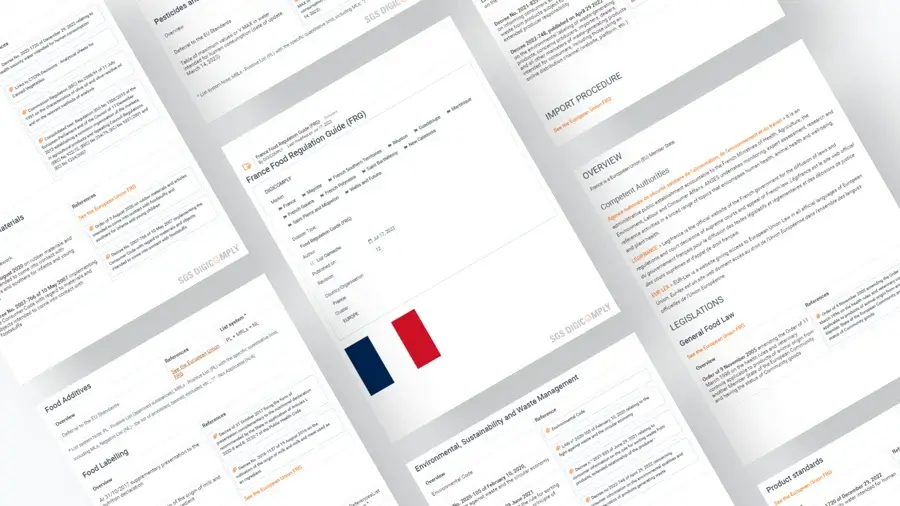What is Norwegian Food Safety Authority (Mattilsynet)
The Norwegian Food Safety Authority (Mattilsynet) is a vital governmental agency in Norway, responsible for ensuring the safety, quality, and sustainability of food products. Established in 2004, following the merger of various food-related entities, Mattilsynet operates under the Ministry of Agriculture and Food and the Ministry of Health and Care Services. Its primary mission is to safeguard public health and animal welfare, while also promoting sustainable agriculture and fisheries.
Functions and Responsibilities
Mattilsynet has a broad mandate that encompasses several critical areas:
- Food Safety: The agency monitors the entire food chain, from production to consumption, ensuring that food products meet safety standards. This includes surveillance for contaminants, pathogens, and other hazards.
- Animal Welfare: The authority oversees the treatment and welfare of animals within the agricultural sector, ensuring compliance with national and EU regulations.
- Plant Health: Mattilsynet is tasked with preventing plant diseases and pests that could adversely affect food production and ecosystem health.
- Consumer Protection: By enforcing food labeling regulations and conducting inspections, the agency protects consumers from misleading claims and unsafe products.
- Sustainability Initiatives: Mattilsynet promotes environmentally friendly practices in agriculture and aquaculture, supporting Norway’s commitment to sustainable development.
Impact on the Food Industry
The impact of Mattilsynet on the Norwegian food industry is profound and multifaceted. Its regulations and inspections create a framework that enhances food safety, fostering consumer confidence in local products. This section explores several key areas of influence:
1. Regulatory Framework
Mattilsynet establishes a comprehensive regulatory framework that governs food safety practices across various sectors, including:
- Agriculture: Farmers are required to adhere to strict guidelines on pesticide use, animal husbandry, and waste management.
- Food Processing: Food manufacturers must implement Hazard Analysis Critical Control Point (HACCP) systems to identify and mitigate food safety risks.
- Retail and Distribution: Supermarkets and food distributors are subject to inspections ensuring compliance with hygiene and storage regulations.
2. Enhancing Consumer Confidence
By enforcing high safety standards, Mattilsynet plays a crucial role in enhancing consumer confidence in Norwegian food products. Regular inspections and transparent reporting mechanisms ensure that consumers can trust the safety and quality of what they purchase. This trust is vital for the success of local products in both domestic and international markets.
3. Supporting Innovation
The agency encourages innovation in the food industry by facilitating research and development initiatives. Mattilsynet collaborates with industry stakeholders to promote new technologies and practices that enhance food safety and sustainability. This not only benefits the industry but also aligns with global trends towards healthier and more environmentally friendly food production.
4. Crisis Management
In times of food safety crises, Mattilsynet is essential in managing responses to contamination outbreaks or food recalls. The authority coordinates with various stakeholders to ensure swift communication and remediation measures, minimizing public health risks and economic impact.
Collaboration with Industry Stakeholders
Mattilsynet recognizes that effective food safety and quality management require collaboration with industry stakeholders, including:
- Farmers and Producers: The agency provides guidance and resources to help producers comply with regulations and adopt best practices.
- Academic Institutions: Partnerships with universities and research institutions facilitate knowledge transfer and support innovative research in food safety.
- Consumer Organizations: Engaging with consumer groups allows Mattilsynet to understand public concerns and improve communication strategies.
Challenges and Future Directions
Despite its successes, Mattilsynet faces several challenges in the evolving food landscape:
- Globalization: The increasing importation of food products necessitates stringent controls to prevent the entry of unsafe goods.
- Technological Advancements: Rapid developments in food technology require continuous updates to regulatory frameworks.
- Climate Change: As climate conditions shift, Mattilsynet must adapt its strategies to address emerging food safety risks associated with changing agricultural practices.
Looking ahead, Mattilsynet aims to enhance its regulatory processes through digitalization and increased data sharing, thereby promoting a more efficient and responsive food safety system.
Conclusion
The Norwegian Food Safety Authority (Mattilsynet) is a cornerstone of Norway’s food safety and agricultural practices. Through its rigorous regulatory framework, proactive enforcement, and collaborative approach, it not only protects public health but also fosters a sustainable and innovative food industry. As challenges continue to evolve, Mattilsynet remains committed to adapting its strategies, ensuring that Norway's food supply remains safe, high-quality, and trustworthy.





